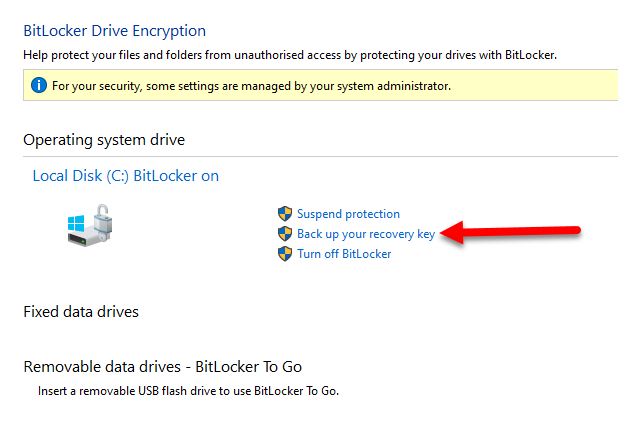Why The Skies Are Blue
There’s a mass exodus from Twitter – (laterly known as “X”) – and for many good reasons.
I have now joined that exodus.

The owner of Twitter – (and Tesla, SpaceX, and others) – has destroyed a platform that became the background radiation of the internet. People went there to interact, to check out what was going on – it was often the best place for breaking news.
While it is still reasonably good at those things, the level of discourse – (frankly) – has turned to shit.
When he took over, the owner promised things would be better:
- He promised to get rid of the bot and spam accounts or “die trying“.
- Frankly, he should have died many times over by now if he were sticking to his word – I’ve not been keeping count, but I would guess 450 of the last 500 accounts that have followed me have been bots or porn spam. I’ve blocked most of them as they’ve come in, but there’s only many you can block before you give up.
- He promised Twitter would be a bastion of “free speech“.
- Well, only if it his free speech – not ours. There is a clear bias that downplays views that he doesn’t agree with, and promotes that which he does. It’s not so blatant that such tweets are “quietly disappeared“, but the algorithm does not actively promote them when tweets that suit his world view are promoted. The last time I looked at the pointless “For You” tab, 13 of the first 15 tweets were from the man himself.
- Moderation has gone to hell, with the trust and safety team decimated.
- I have reported many highly offensive tweets over my 17 years on Twitter, and previous to the change of ownership, most if not all were dealt with appropriately. Now, almost none are dealt with – with “no violation found” responses common, yet while seemingly in breach of the published rules. I am guessing this is likely to line up with the “free speech” policy.
- And of course, the politics.
- The owner’s current politics – and propensity to attack others who disagree with his world view – is just rotten. Don’t get me wrong, like everyone he is allowed his political views, but to actively use the platform to discourage, attack and belittle people with different views once again goes against the free speech “policy”. He is a hypocrite of the highest order.
- Legal changes.
- Twitter has negatively changed its Terms of Service, and is moving the jurisdiction of legal disputes with itself to North Texas – (a so-called “red state” where the system will be favourable to his particular world view).
- Twitter has negatively changed its Terms of Service, and is moving the jurisdiction of legal disputes with itself to North Texas – (a so-called “red state” where the system will be favourable to his particular world view).
Enough.
The skies are much clearer and bluer in other corners of the internet. I will keep my Twitter account open – (such that I can protect my 17 year old Twitter handle from misuse – and it’s a handle I have used all over the internet for more than 30 years) – but I will no longer actively use it.
My automatically posted news links will still appear there – (for the sake of reach) – but other than that, I’m not going there. Don’t expect interaction from me there, and the account is in private mode now anyway.
Twitter can go to hell.
But – to be fair – I think it already has.








